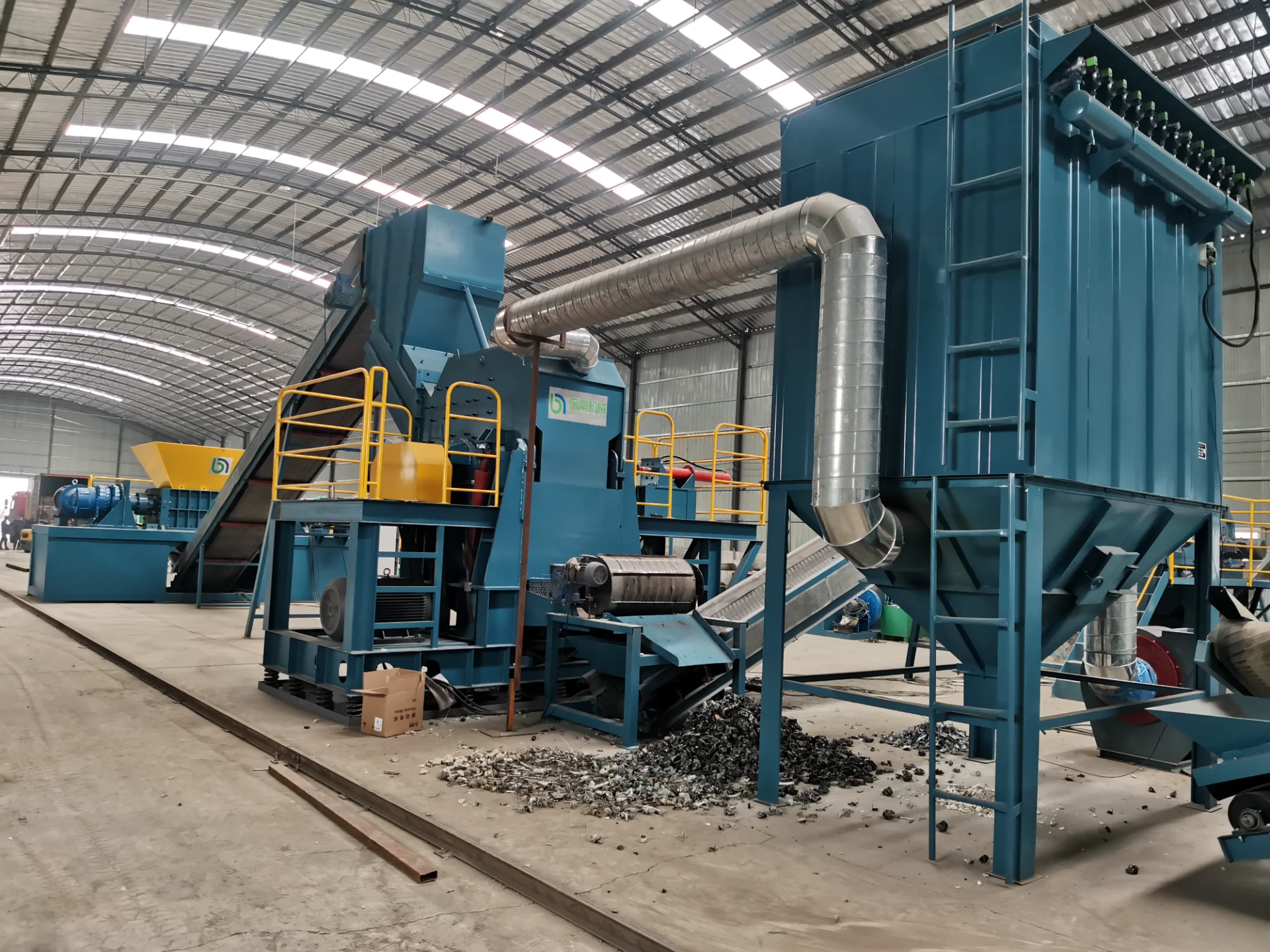Proper disposal of circuit boards is not only crucial for environmental conservation but also essential for maintaining regulatory compliance and ensuring the safety and well-being of individuals. Handling circuit boards improperly can lead to dangerous toxins entering the ecosystem. Drawing on years of personal experience and industry expertise, this guide outlines the steps you can follow to responsibly dispose of circuit boards.

Begin by understanding the composition of circuit boards to grasp why specialized disposal is necessary. Circuit boards typically consist of a variety of materials including metals such as copper, lead, gold, and sometimes rare metals like palladium. These metals can be harmful if not handled properly. Moreover, circuit boards contain hazardous substances like brominated flame retardants and other chemicals detrimental to human health and the environment.
The first step in the disposal process is to conduct an inventory of the circuit boards you wish to dispose of. Whether they come from outdated computers, mobile phones, or other electronic devices, identifying and categorizing these components is crucial. This step allows you to assess the volume and the type of materials you’re dealing with.

Next, research local regulations regarding electronic waste disposal. Countries and regions have different laws governing e-waste disposal. Some areas mandate recycling, while others may have specific facilities designated for electronic waste handling. Contact your local waste management authority or visit their website for guidelines and learn about legal obligations.
Once you are aware of the regulations, sort the circuit boards. This involves separating reusable components from those beyond repair. Certain parts of the circuit board, like connectors, capacitors, or even entire chips, might be salvaged or reused. Carefully de-solder these components to put them back into circulation, reducing overall waste.
For remaining unusable parts, consider collaborating with certified e-waste recycling companies. These establishments have the expertise and equipment to safely dismantle and recycle circuit boards, ensuring hazardous materials are handled properly. Some companies offer pick-up services, while others provide drop-off locations. Research thoroughly to confirm their credibility and certification status, focusing on their methods and compliance with environmental standards.
how to dispose of circuit boards
Another innovative route is to donate functional circuit boards. Educational institutions, technical training centers, or even hobbyists can use these for educational purposes or experimentation. This method not only extends the life of the circuit boards but also fosters learning and innovation.
For businesses dealing with large quantities of circuit boards, invest in establishing an internal e-waste policy. Appoint a responsible e-waste coordinator, train employees on proper disposal methods, and partner with e-waste management services. This proactive approach enhances your company’s sustainability efforts and demonstrates corporate responsibility.
Additionally, embrace technological solutions for managing e-waste. Software tools are available to track electronics from purchase to disposal, ensuring you maintain an organized and compliant disposal process. These tools help generate reports that are useful for audits, certifications, and compliance evaluations.
While dealing with circuit boards, prioritize safety. Wear protective gear such as gloves and goggles when handling or dismantling boards to protect against exposure to harmful substances. Proper ventilation in work areas is crucial to avoid inhalation of toxic fumes during any physical dismantling process.
Promoting awareness about the importance of responsible circuit board disposal is another step towards sustainability. Encourage peers, colleagues, and community members to adopt eco-friendly practices. Educating more people about the potential hazards of improper disposal and the benefits of recycling can have a significant positive impact on environmental conservation.
In conclusion, disposing of circuit boards requires careful consideration and a systematic approach combining practical knowledge and regulatory compliance. By adhering to these steps, you not only contribute to preserving environmental health but also showcase expertise and responsibility in e-waste management.


